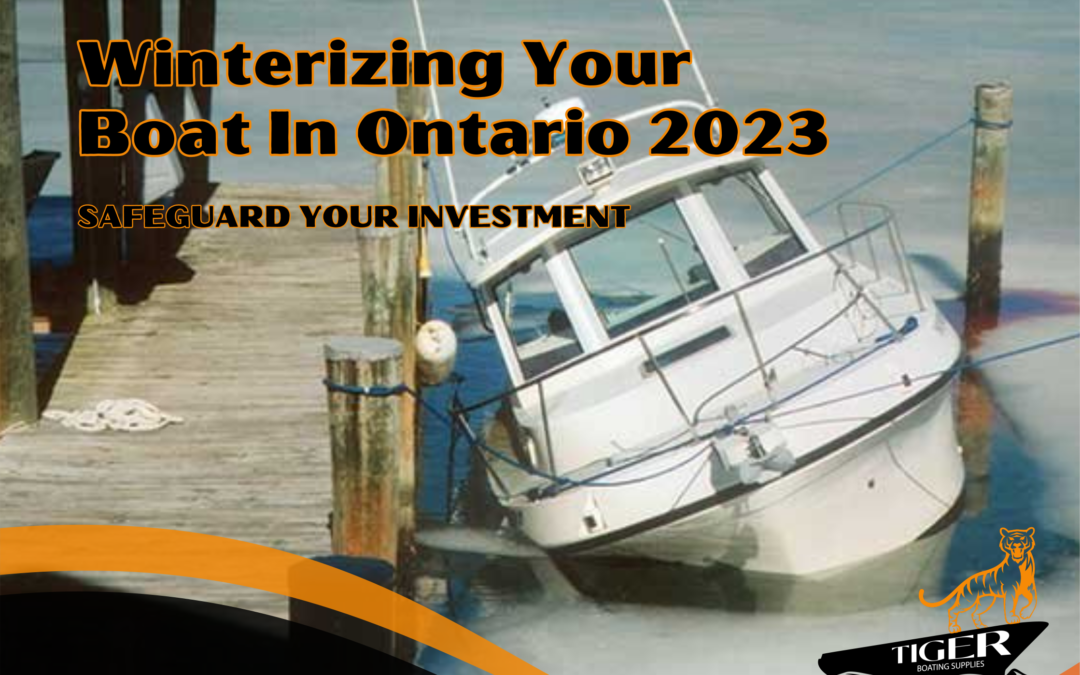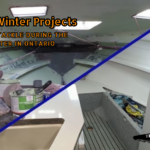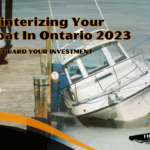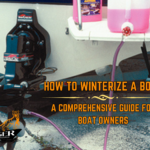Owning a boat can be an exhilarating experience, providing countless hours of fun and relaxation on the water. However, boat owners in Ontario must be well aware of the importance of winterizing their vessels as the colder months approach. Winterizing is a crucial process that protects your investment and ensures that your boat remains in excellent condition during the offseason. In this article, we will explore in detail the significance of winterizing your boat in Ontario and the comprehensive steps involved in the process.
Extreme Temperatures and Weather Conditions
Ontario experiences harsh winter weather, including freezing temperatures, heavy snowfall, and icy conditions. These conditions can wreak havoc on an unprotected boat. When water freezes, it expands, potentially causing damage to your boat’s engine, plumbing, and other systems. By properly winterizing your boat, you safeguard it against extreme temperatures, preventing costly repairs and extending your boat’s overall lifespan.
Preventing Engine Damage
One of the critical aspects of winterizing your boat is preparing the engine for a long period of inactivity. Failure to winterize the engine properly can result in significant damage and the need for expensive repairs come springtime. To prevent engine damage, you should, for instance, change the oil and filter, which helps remove contaminants that could cause corrosion. Additionally, fogging the cylinders with a special spray protects them from moisture and rust during the offseason. Stabilizing the fuel by adding a fuel stabilizer prevents the fuel from deteriorating and causing engine problems when you start the boat again
Protecting the Hull and Exterior
Winterizing is not limited to the boat’s engine; it also involves protecting the hull and exterior from the elements. Before winter storage, thoroughly clean the boat , remove any dirt, algae, or other debris that may have accumulated during the boating season. Apply a protective wax or coating to the hull, such as a polymer sealant or marine-grade wax, to create a barrier against moisture and freezing temperatures. Cover the boat with a sturdy, weather-resistant tarp or shrink wrap to shield it from snow, ice, and UV rays, which can cause fading and damage to the exterior.
Preventing Mildew and Mold Growth
Ontario’s damp and humid winters can create an ideal environment for the growth of mildew and mold inside your boat. There fungi not only cause unpleasant odours but also pose health risks to any occupants. Proper winterization includes removing all items that can hold moisture, such as cushions, life jackets, and carpets. Thoroughly clean and dry these items before storing them separately in a dry location. Leave cabinets and storage spaces open to allow air circulation, reducing the chances of mold development. You can also use moisture absorbers or dehumidifiers to maintain optimal humidity levels inside your boat over the winter.
Maintaining Value and Resale Potential
Winterizing your boat not only protects it from potential damage but also helps maintain its value and resale potential. A well-maintained boat with a solid winterization history will be more attractive to prospective buyers should you decide to sell in the future. Buyers appreciate boats that have been cared for properly and are less likely to encounter unexpected issues or repair costs. For example, keeping detailed records of winterization maintenance and repair demonstrates responsible ownership and gives buyers confidence in the boat’s condition. Investing time and effort into winterizing your boat ensures that it remains in peak condition, enhancing its long-term value.
Professional Assistance and Additional Considerations
While many boat owners can perform basic winterization tasks themselves, seeking professional assistance for more complex procedures is often beneficial. Professional boat service providers have the expertise and specialized knowledge to ensure all aspects of winterization are thoroughly addressed. They can also conduct a comprehensive inspection of your boat more efficiently and effectively, identifying any potential issues that require attention.
Winterizing your boat in Ontario is not a luxury but a necessity. Extreme weather conditions can cause significant damage if proper precautions are not taken. By following the necessary steps to winterize your boat, including protecting the engine, hull, and preventing mold growth, you ensure its longevity and preserve its value. Consult with a professional or refer to your boat’s manufacturer guidelines for the specific winterization requirements. By prioritizing winterization, you can look forward to many more enjoyable boating seasons in Ontario, while safeguarding your investment and maximizing your boat’s lifespan.





